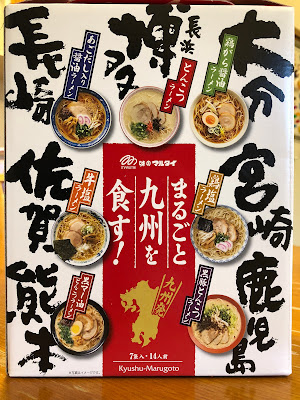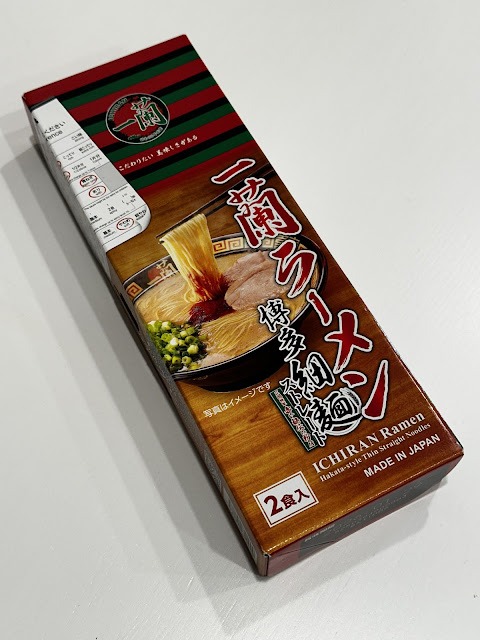Tokyo Craze - Part 01 (Travelogue / Tips)
This Tokyo travelogue takes place in the fall of 2009, but most of it is still very relevant. Unlike most travelogues, it provides a series of comics that describe the travels to give you my perspective on it. After the webcomics are a series of text descriptions giving you more information about each day of the trip.
Tokyo Craze Webcomic Guide 01 - Shinagawa Station, Shinagowa Prince Hotel

Tokyo Craze Webcomic Guide 02 - Shibuya Crossing, Shibuya Station
Tokyo Craze Webcomic Guide 01 - Shinagawa Station, Shinagowa Prince Hotel

Tokyo Craze Webcomic Guide 02 - Shibuya Crossing, Shibuya Station
Day 1: Tuesday - Arrival in Tokyo
October 27, 2009
Tokyo arrival at Narita Airport was uneventful with a really long walk to immigration and a long immigration line that took 20 minutes to get through. There was another 5 minute wait for luggage, then I underwent a hand search of my luggage by a friendly, but slightly suspicious customs guy as I was traveling alone on holiday without my family. My large suitcase was pretty much empty as it only had 7 days worth of clothes in it (one shirt and undergarments for each day). I was going to fill the case for the return trip. There was also a thermal scanner in arrivals looking for fevers associated with H1N1 viral outbreak at the time.
After walking out of the security area, I was finally in Japan! I was pretty excited and wanted to hit the ground running for my first evening as I got out of customs around 6 PM. I had planned an intensely packed itinerary for the trip and had to cut things, but it was better than not having things to do. There wasn’t a lot of nervousness or anything on arrival, more of a feeling of anticipation.
After walking out of the security area, I was finally in Japan! I was pretty excited and wanted to hit the ground running for my first evening as I got out of customs around 6 PM. I had planned an intensely packed itinerary for the trip and had to cut things, but it was better than not having things to do. There wasn’t a lot of nervousness or anything on arrival, more of a feeling of anticipation.
The first thing was to get the SUICA tourist pass at the JR office in the airport terminal to take the NEX Express train into the city. The SUICA is a smartcard with a chip that acts like a debit card in some stores and vending machines, but more importantly, it lets you ride any metropolitan train or subway without having to manually calculate the fare to pay on exit. All train trips are calculated based on distance traveled between your starting point and your departure point. If you transfer from the train to subway or vice-versa the distance is computed from origin to the transfer point when you exit the original line. The cards are also pretty good as you don’t have to collect your ticket from the automated turnstiles. You just swipe the card on the reader and pass through. When you run out of money, just go to a SUICA machine in the train station and load it up with more credit – but the machines only take CASH! Just keep the card in your wallet. I kept my wallet (thinned out of unnecessary cards of course) on me, as it is convenient to store cash in – and you use a lot of cash in Japan still. I wasn’t as afraid of pickpockets and small crime in Tokyo like some other cities.
There were two JR Offices on two different floors on the way to the NEX Express train at the Narita airport. At the bottom of the escalators I stopped at the first one to buy both the pass and the ticket to Shinagawa Station. It was no problem to get speaking English. The arrivals area is relatively small. To get to the hotel from the airport is dead easy as you just buy a ticket on the NEX Express (reserved seating) and the train will take you straight to Shinagawa Station in one hour and 10 minutes. The train was nice and new and very modern – a great first impression. Six cars split off at Tokyo Station, and 6 more continued down to Shinagawa.
There were two JR Offices on two different floors on the way to the NEX Express train at the Narita airport. At the bottom of the escalators I stopped at the first one to buy both the pass and the ticket to Shinagawa Station. It was no problem to get speaking English. The arrivals area is relatively small. To get to the hotel from the airport is dead easy as you just buy a ticket on the NEX Express (reserved seating) and the train will take you straight to Shinagawa Station in one hour and 10 minutes. The train was nice and new and very modern – a great first impression. Six cars split off at Tokyo Station, and 6 more continued down to Shinagawa.
Once at the station, it wasn’t hard to locate the exit as the station is relatively easy to navigate. The station is huge though as many bullet trains and other rail lines all converge at it. Train stations are busy places in Tokyo. People are always on the move I loved the fact that there were tons of shops, malls, supermarkets, and restaurants at the place. Train stations are the hub for services in Tokyo with people using them when they go to and from work.
NOTE: Shinagawa. This area isn’t too far from Tokyo Bay and it used to be on the main route to Edo with a big gate. 100 stations of the Tokaido Road by Hokusai. There isn’t a great deal around here to see for tourism, but it is centrally located for trains as it is a big hub for bullet trains, commuter trains, and long distance trains. There is a newer complex of office towers on the eastern side of the station away from the hotels, but it is mainly a business district. On a side note to this side note, in the 2002 film Godzilla Against Mechagodzilla, the big green lizard comes ashore at Shinagawa, sweeping aside the tanks sent to stop him, so run if the air raid sirens go off. Being at the Tokyo Tower is the next worst thing as it gets knocked down by Japanese monsters a lot.
NOTE: Shinagawa. This area isn’t too far from Tokyo Bay and it used to be on the main route to Edo with a big gate. 100 stations of the Tokaido Road by Hokusai. There isn’t a great deal around here to see for tourism, but it is centrally located for trains as it is a big hub for bullet trains, commuter trains, and long distance trains. There is a newer complex of office towers on the eastern side of the station away from the hotels, but it is mainly a business district. On a side note to this side note, in the 2002 film Godzilla Against Mechagodzilla, the big green lizard comes ashore at Shinagawa, sweeping aside the tanks sent to stop him, so run if the air raid sirens go off. Being at the Tokyo Tower is the next worst thing as it gets knocked down by Japanese monsters a lot.
I was staying at the Shinagawa Prince Hotel, which is literally a five minute walk out of the Takanawa Exit (west entrance) from Shinagawa Station. After exiting the station, you wait at a light with a hundred other people, cross over to the Wing Takanawa mall where there is a nice European bakery and a Mcdonalds to hit for breakfast and basically walk through the semi-covered open air passage all the way to the hotel which is just past a 7-11. You stay on the street level and there is pretty much only one way to go – stay on the main path. At the Hotel there is a soccer stadium, the Epson Aquarium, many restaurants and mini-malls. There is a McDonalds and the before mentioned 7-11 within a half a block of the hotel that you can get to without getting wet via open air ground-level walkway.
 |
| The sign at the cluster of ramen shops. |
Went back down and walked to a cluster of ramen shops just south of the station on the east side Tanakawa exit. Walk along the street to get there due south out of the exit. Had a Shoyu ramen with some tasty broth. It wasn’t a huge serving, but it hit the spot. Used a ticket machine to order after the shop keeper gave me a quick helping hand (I found that many people in Tokyo were happy to help you out).
I was really tired on the train coming in, but got a second wind after eating. Decided to go to Shibuya on the Yamanote Line which I used a lot. Shibuya is a big station and I came out the wrong exit, but easily went north to the Scramble Crossing. The crossing was really busy at 9 PM, but nothing like what it would be at rush hour apparently. The crossing looks bigger in the wide-angle photos you see, but it is still a very impressive sight. I walked around a bit, took photos and saw Hachiko the dog. Went to Don Quixote past the Shibuya 109 building. A very cramped store. Lots of weird stuff for sale and saw some earbuds that were about the same in Canadian pricing. Don Quixote had an entire costume section on the main floor for Halloween.
At night the subway / train smells of drunken salarymen and sour sweat sometimes. On the train, passengers seemed to be entertaining themselves with their Nintendo DS or cellphones, reading books, playing PSP, and then reading manga (from most popular to least popular on this list).
Back to hotel – no luck with Wi-Fi for the PSP. Free Wi-Fi in Vancouver too, but couldn’t connect with the PSP 2000. The PSP uses the G protocol, but an older version of something as I also had to switch it on in my home router to be able to actually truly connect. The PSP could detect all of these networks, but not actually connect. I was going to try and use Skype, but this method failed pretty good.
Bathroom at the hotel had a high-tech toilet with the bidet and heated seat. The heated seat is very nice - these should be standard everywhere.
After a nice bath I watched some TV.
- Saw a Tetsujin wireless commercial for DOCOMO.
- Ultraman monsters car commercial.
- Game shows had a Halloween theme.












Comments
Post a Comment